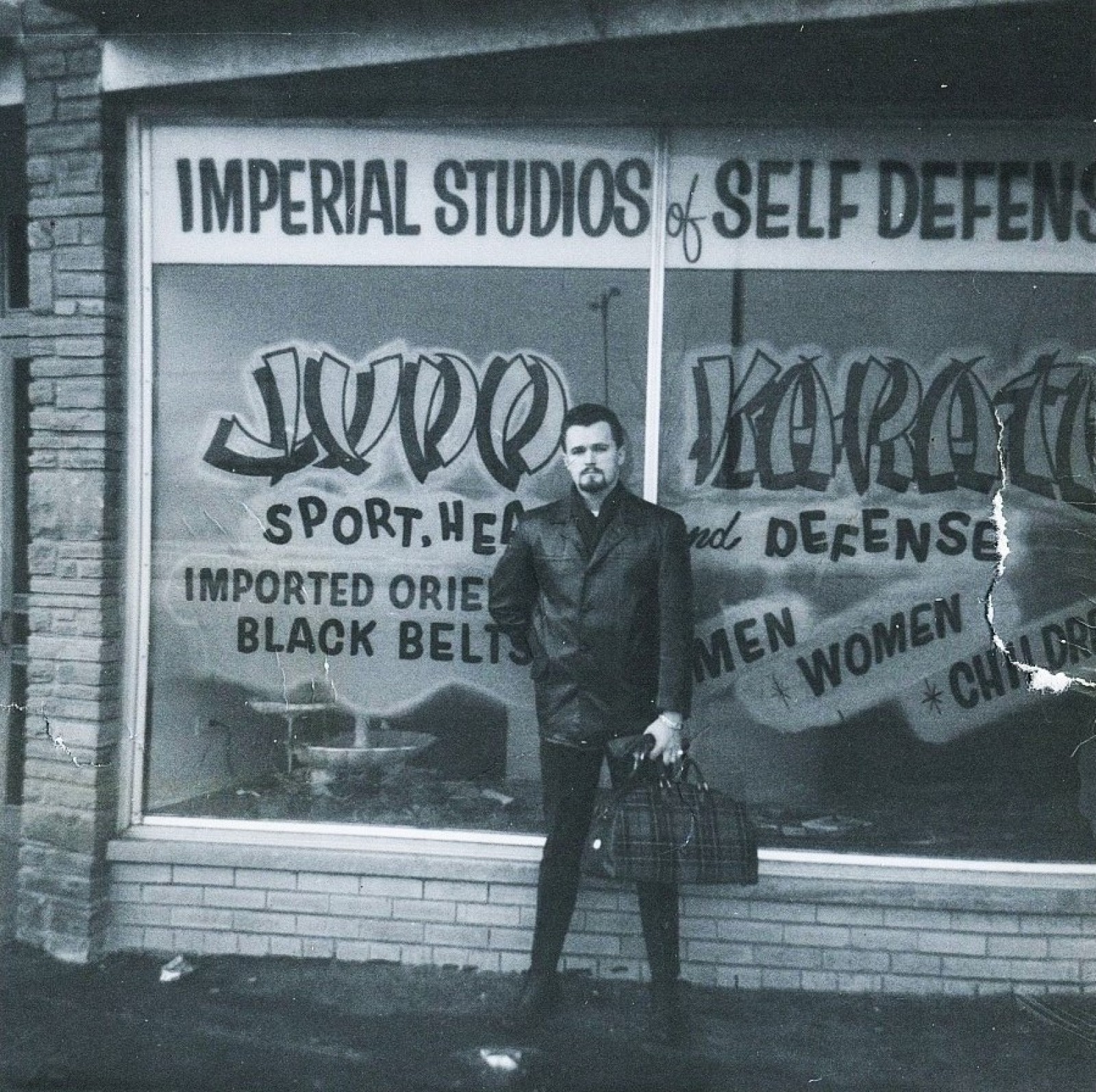
John Keehan outside his martial arts school in 1965. Rev. Woodrow Edgell
Meanwhile, Keehan continued to add to his already mythic persona.
He legally changed his name to Count Juan Raphael Dante and began claiming to have descended from Spanish royalty. He wore a velvet cape and carried a gold cane with a lion’s head on its handle.
At home, he was increasingly prone to angry outbursts. “He lived in a fantasy world of things he wasn’t,” Harpold said. Keehan had to rehome their pet lion after it got too big and fierce for him to take care of. Harpold says their marriage dissolved, and by 1966 they were divorced.
Keehan started dating a waitress from the Playboy Club and turned her into a character, too. The Dragon Lady, as Keehan dubbed her, became a kind of sidekick to Count Dante. She was known as a Playboy Bunny with a black belt — though she had limited karate skills. They appeared together on tabloid covers and local television shows, performing acts that were a combination of martial arts and magic tricks. It was all part of a promotional ploy.
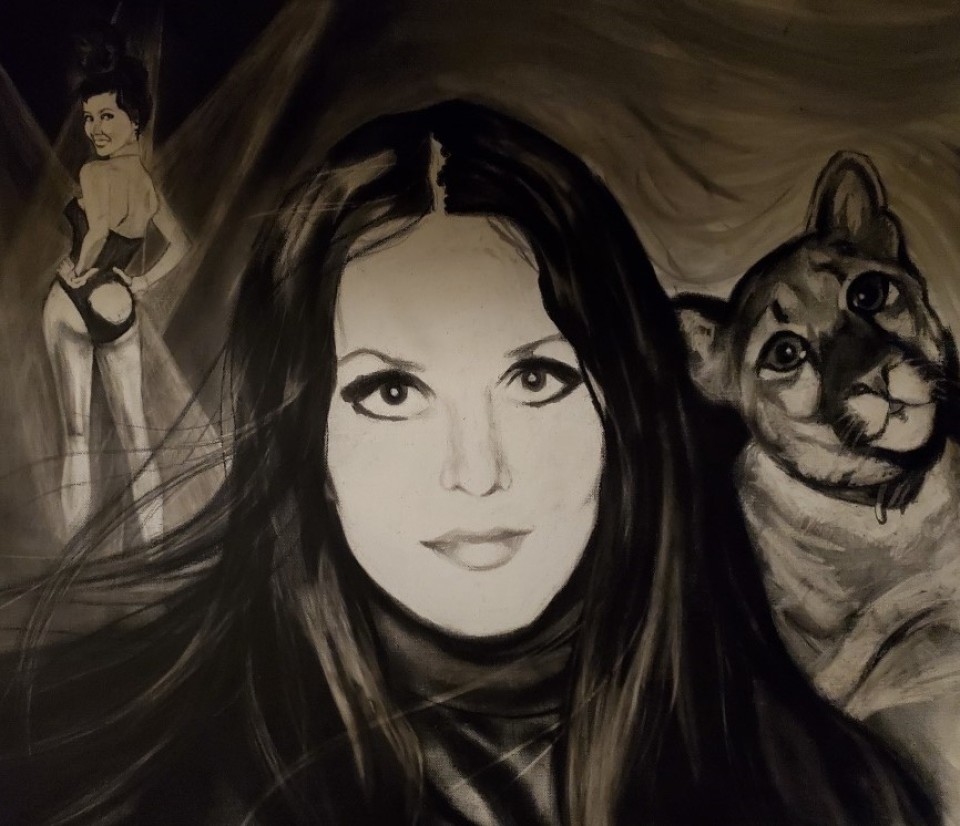
A drawing of the Dragon Lady, who dated John Keehan, and the mountain lion, Stasha, Keehan bought for her as a pet. Courtesy of Floyd Webb
“He wasn’t satisfied with just being a successful, well-respected martial artist,” Rapkin said. “He also wanted to be, like, Elvis.”
In September of 1968, Keehan held the first major full-contact karate tournament in the United States. At the World Fighting Arts Championship Tournament, virtually any move, no matter how aggressive, was allowed. It took place at the Chicago Coliseum, where Keehan had co-hosted a tournament with his former mentor several years earlier.
The fighting was fierce, but — perhaps in part because he was on the outs with the larger martial arts community — ticket sales were lower than Keehan expected. By the time the tournament was over, he owed a lot of people money he didn’t have.
According to Rapkin, Keehan was desperate to get off the hook for the money he owed, so he got creative. “‘What you’re going to do is you’re going to take the money and then you’re going to report to the police that you got robbed by a couple of guys with a shotgun,’” Rapkin said Keehan told him. “And I did that.”
The physical violence that marked Keehan’s martial arts career began to leak out at home.
“She came to my house with two black eyes,” Harpold recalled of the night the Dragon Lady showed up at her door. After getting beat up by Keehan, the Dragon Lady found Harpold, hoping to talk to someone who knew Keehan the way that she did. And though Harpold said Keehan was never physically abusive with her, she was familiar with his outbursts.
At this point, Keehan was a powder keg. He had no mercy for anyone who stood in his way.
The Chicago dojo wars raged on.
One of the Black Dragons’ biggest rivals at the time were the Green Dragons, who trained at a dojo on Fullerton Ave. in Logan Square.
Keehan had already landed on the FBI’s radar after he tried to blow out the front windows of a rival martial arts school using dynamite a few years earlier. And things were about to get even worse.
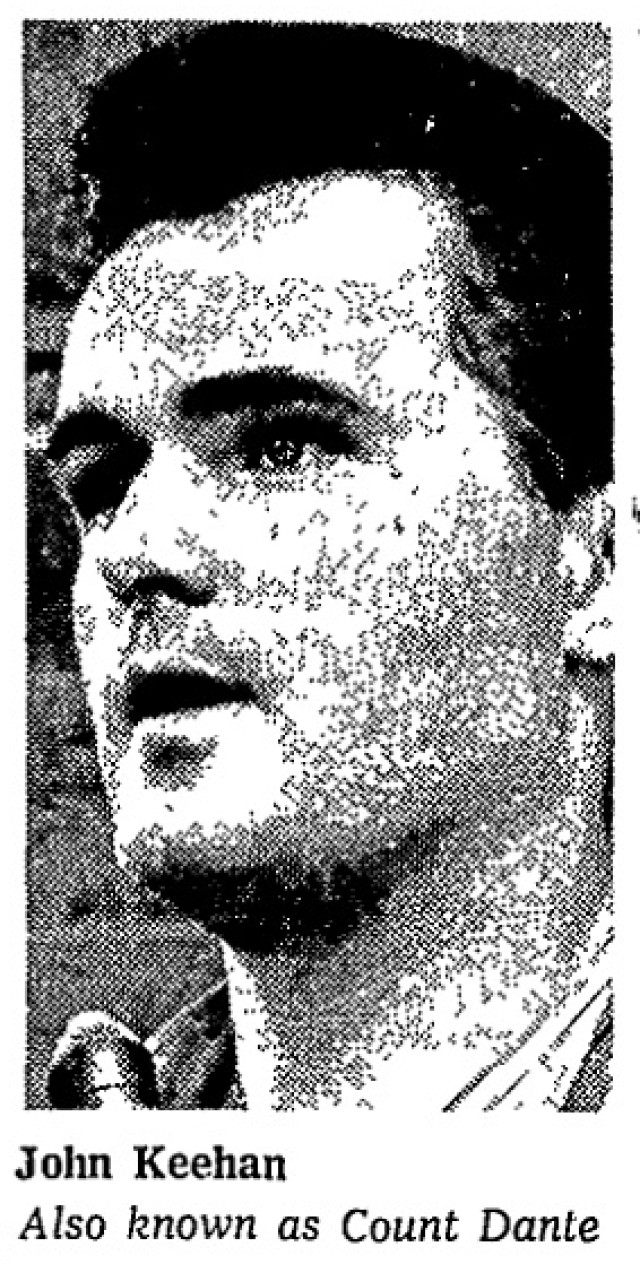
Keehan pictured in a 1970 Chicago Sun-Times story related to the dojo wars. Chicago Sun-Times
In 1970, the feud between the Green and Black Dragons was coming to a head. One version of the story goes that the Green Dragons had bad-mouthed Keehan, calling him a hack who was past his prime. Word got back to Keehan, and he wasn’t about to let them get away with insulting him.
Late in the evening on April 23, Keehan showed up at the Green Dragons’ dojo with some of his best fighters.
According to Patrick Garrison, a Green Dragon who was there that night, Keehan knocked on the door of the dojo and pretended to be law enforcement. As soon as the door opened, the Black Dragons stormed in.
The Green Dragons immediately grabbed their own weapons off the walls: samurai swords, battle axes and maces — spiked steel balls on the end of long wooden sticks.
One of the Black Dragons fighting beside Keehan that night was Jim Koncevic. At 6’2’’ and 265 pounds, Koncevic was a judo champion and legendary brawler. He also ran his own martial arts school in the Belmont Cragin neighborhood. The two were best friends.
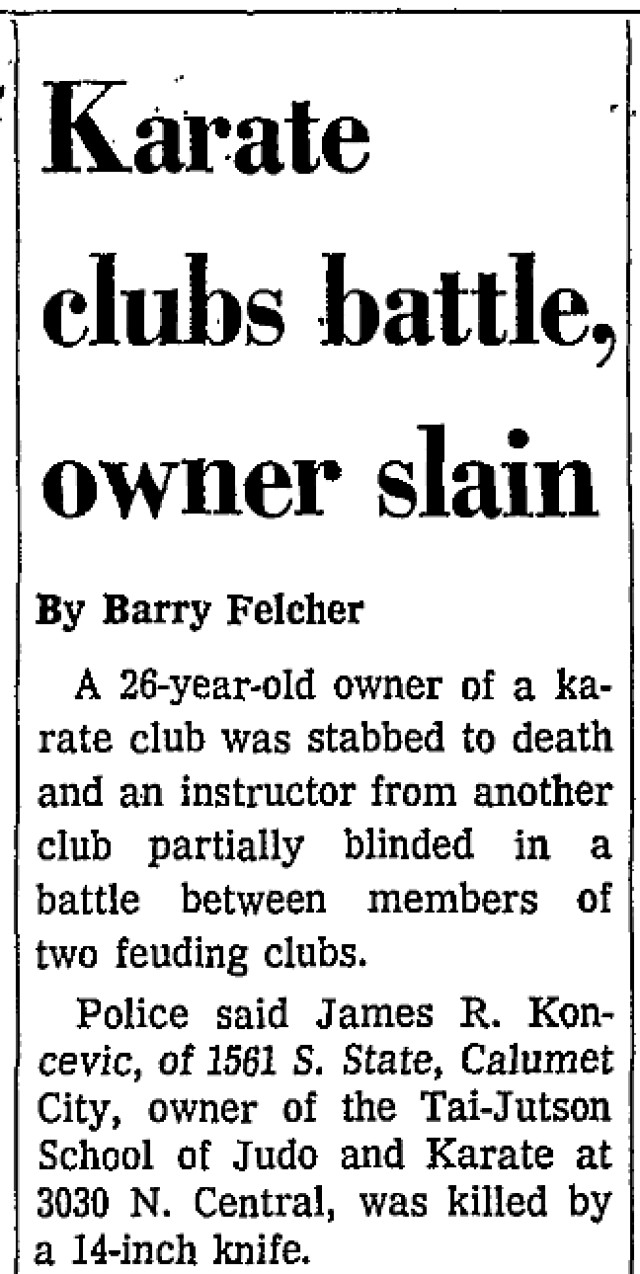
A Chicago Daily News article from April 25, 1970 describes Koncevic’s death. Chicago Daily News
Green Dragon Jerome Greenwald later told the Chicago Tribune that Koncevic attacked him from behind, hitting him right in the middle of his back. Trying to defend himself, Greenwald said he grabbed a dagger from the wall and turned to face Koncevic. In what Greenwald swore was an accident, his 14-inch knife plunged straight into Koncevic’s body.
Keehan’s friend staggered out the front door of the dojo and collapsed on the street. “You could swim through [the blood on] that sidewalk,” Garrison said.
Koncevic died from his injuries. Greenwald was charged with manslaughter and Keehan was charged with assault and battery, among other things, for instigating the attack.
When the case finally went to court, the judge dismissed all charges. According to Keehan’s attorney, Bob Cooley, who documented the events in his book When Corruption Was King, the judge screamed, “You’re each as guilty as the other. I’ve never seen such a pack of lunatics!”
But the fallout from Koncevic’s death came swiftly from the martial arts community, which shunned Keehan.
Over the years that followed, Keehan ran a used car dealership, a porn shop and a hot dog concession at Comiskey Park. He hovered at the edge of organized crime. In the fall of 1974, he was questioned in connection with the Purolator vault heist — the largest cash robbery in the U.S. at the time. He was never charged for it.
And then, in May of 1975, at just 36 years old, Keehan died. For a man who lived so much of his life in sensational terms, the circumstances of his death were surprisingly uneventful. He died at home alone in his Edgewater apartment. And though people speculated wildly about what led to his death, the official report stated that Keehan died from a bleeding ulcer.
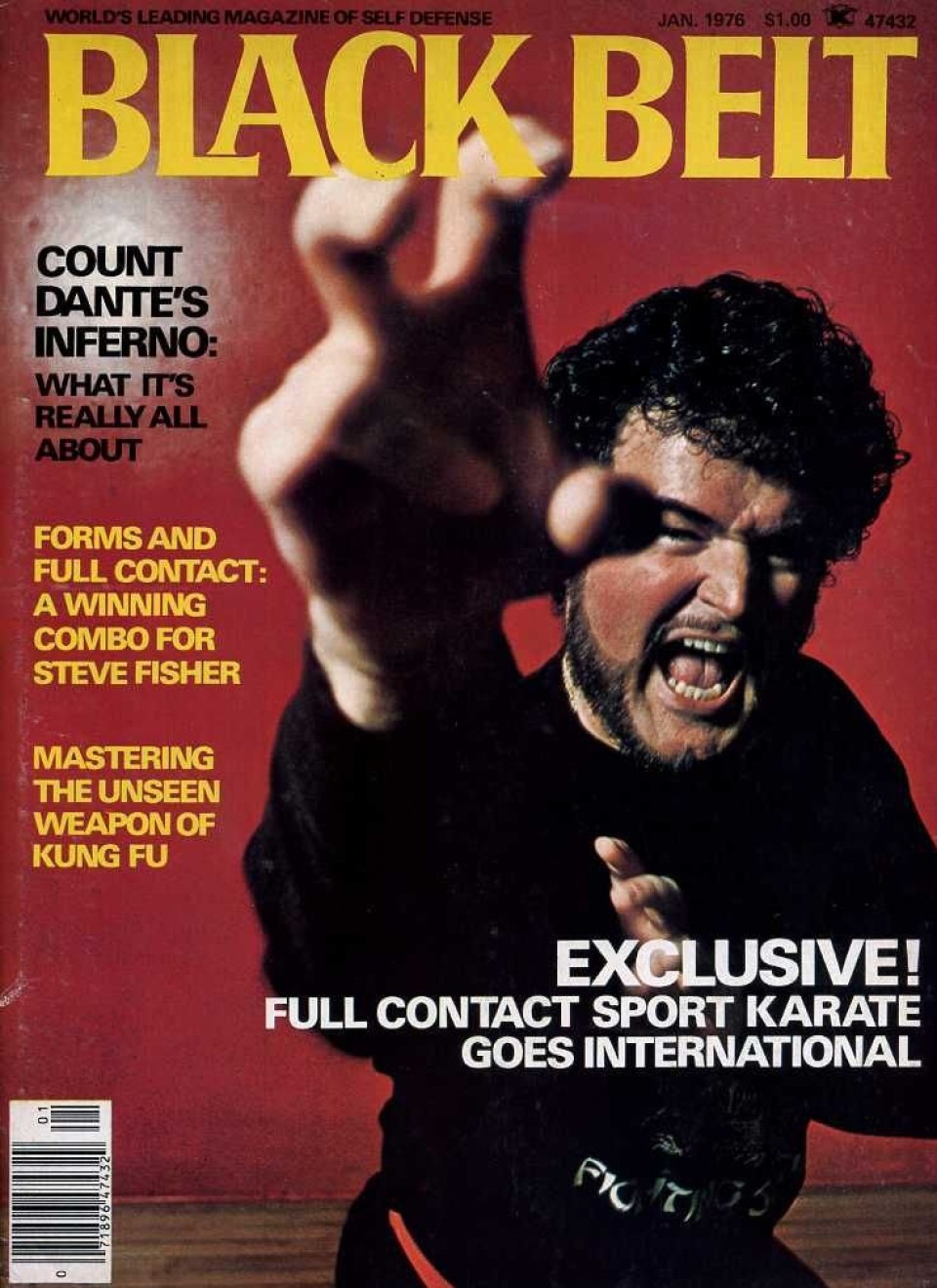
In January 1976, several months after he died, Keehan — aka Count Dante — appeared on the cover of Black Belt Magazine.
Keehan’s impact on martial arts in the United States was huge but complicated. He took what he learned from the boxing gym of his youth and believed it was a person’s physical ability — rather than their race — that made them worthy of competing.
For documentarian Floyd Webb, what stands out about Keehan is the number of Black students that successfully trained in his dojos.
“He had welcomed Black students in his school and those Black students were taking all the championships at that point,” Webb said. At the same time, Webb believes reckoning with Keehan’s legacy is fraught because of how violent Keehan became. “You keep opening these doors and you keep finding out different things about the guy.”
Keehan’s emphasis on physical toughness as the ultimate sign of a person’s worthiness led him to push for more contact in martial arts — a precursor to sports like today’s mixed martial arts. But this same obsession led him to never back down, instigate deadly battles between dojos and made him volatile at home. For better or worse, he’ll be remembered as a main character in the history of Chicago’s martial arts scene.
Joe DeCeault is a senior audio producer for WBEZ. Follow him @joedeceault.




 Reply With Quote
Reply With Quote






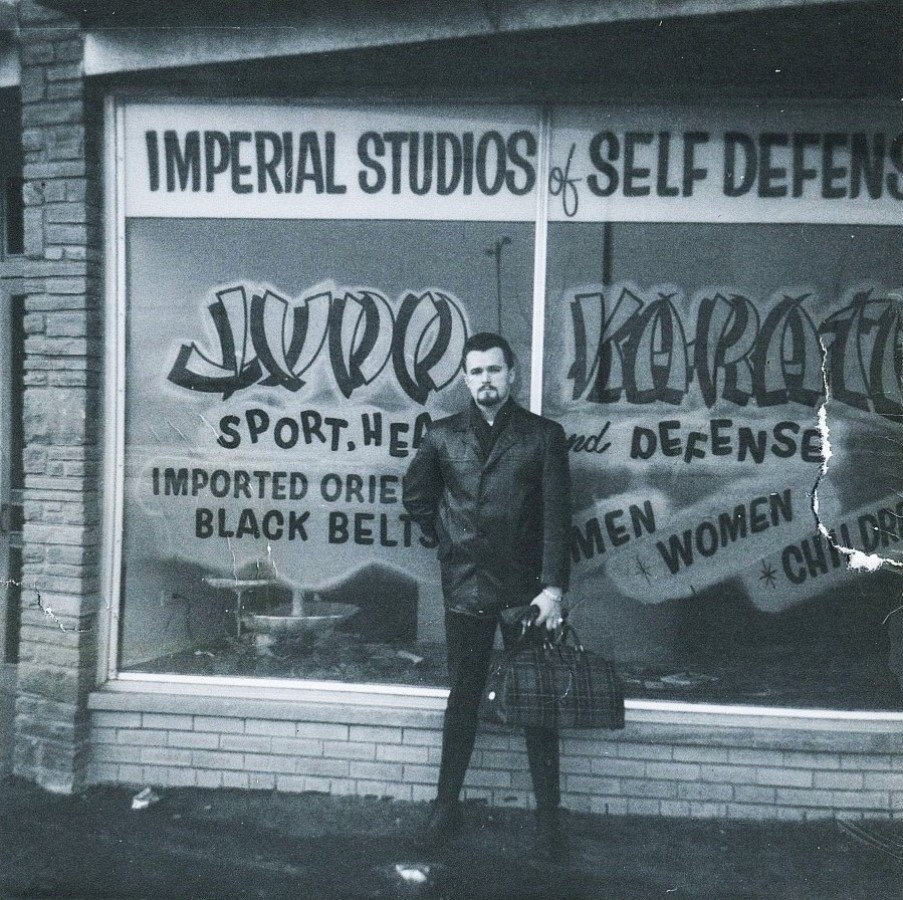
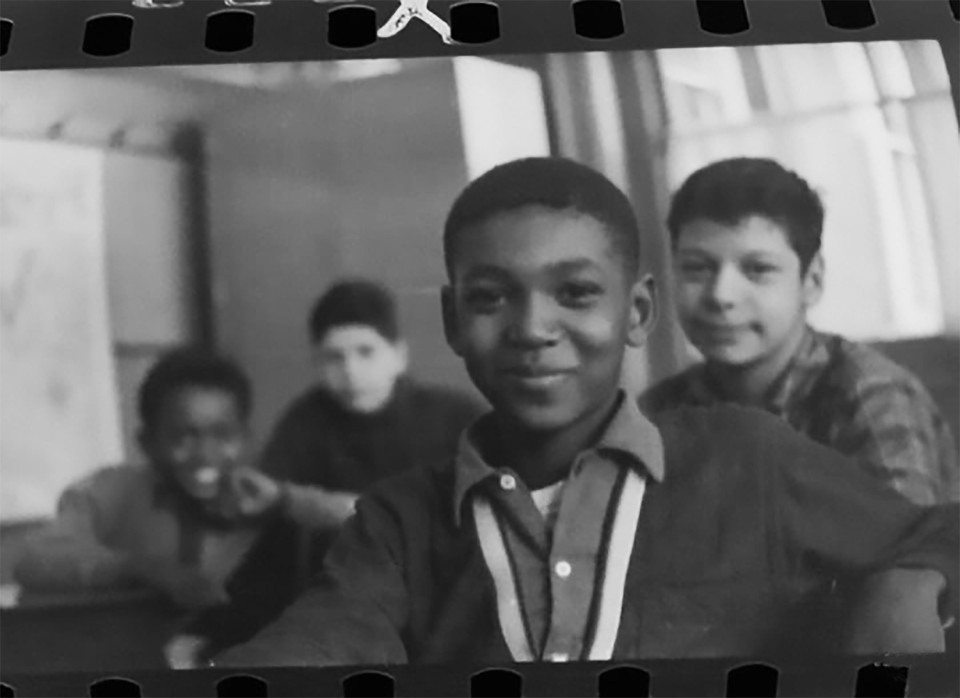


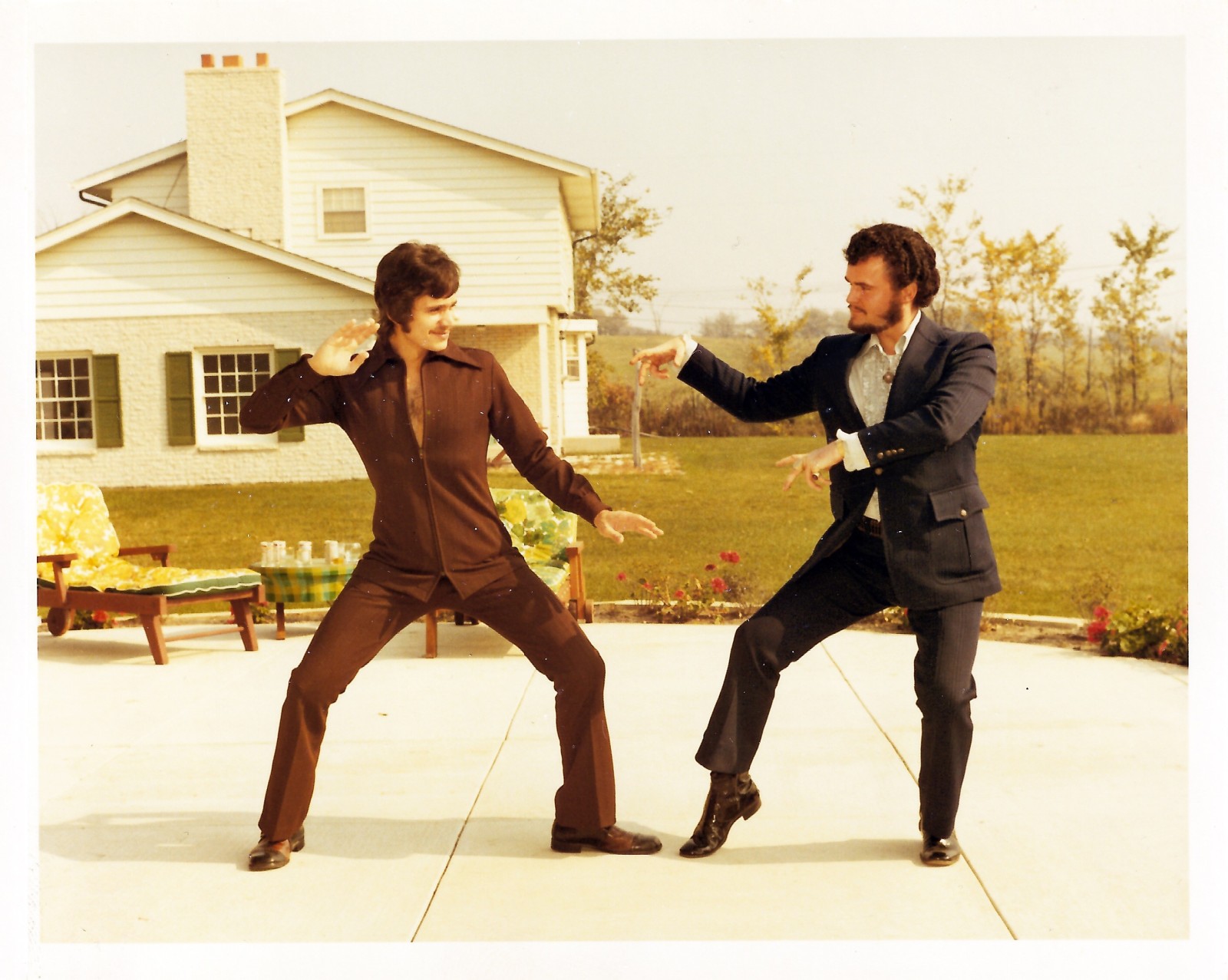

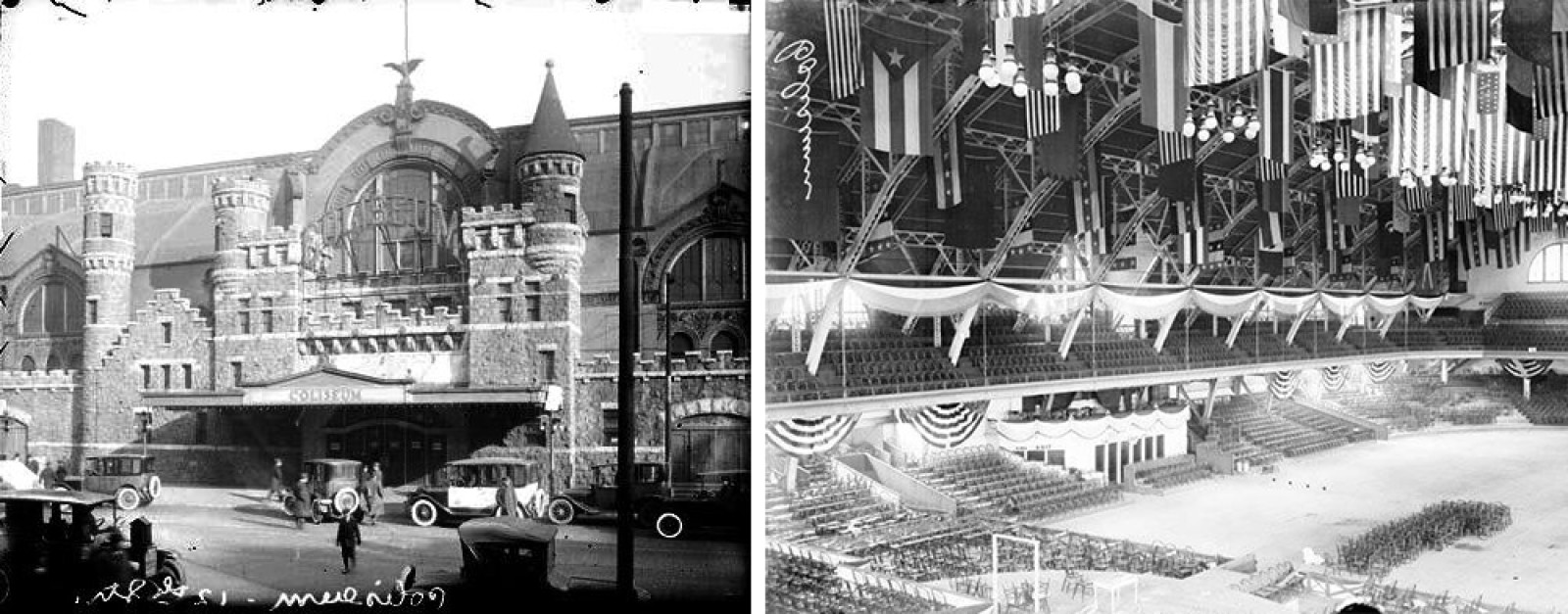
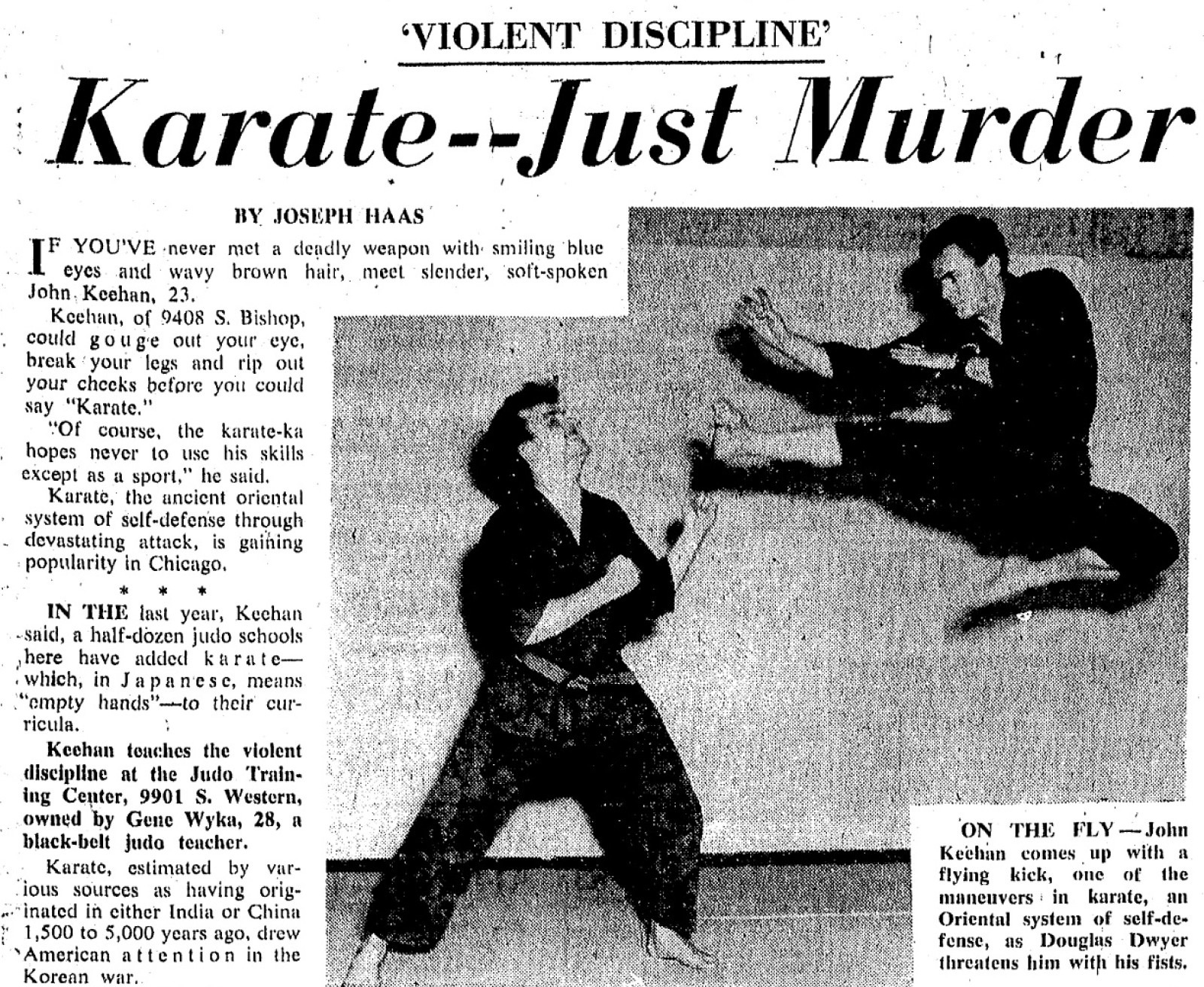
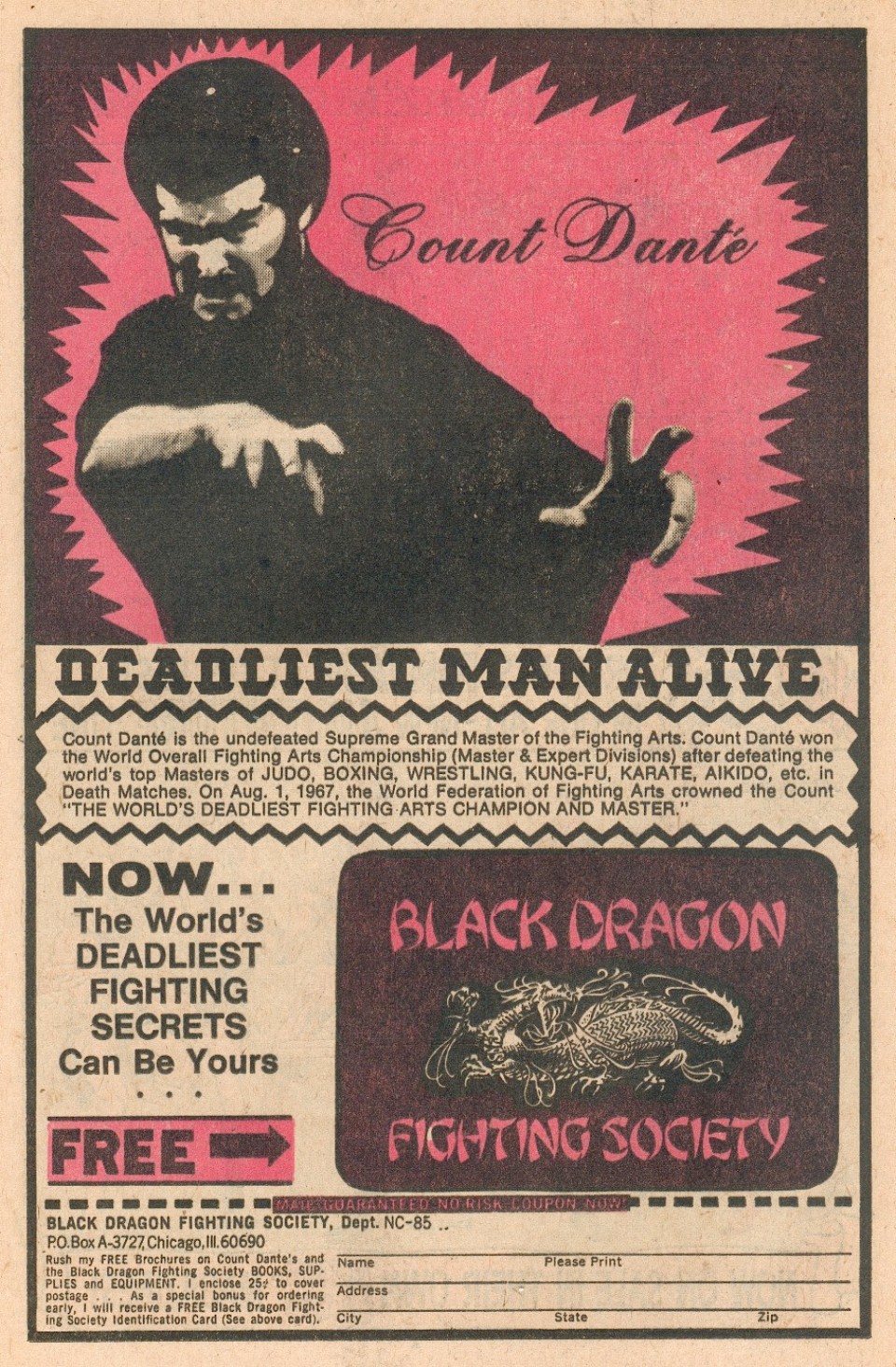 '
'





